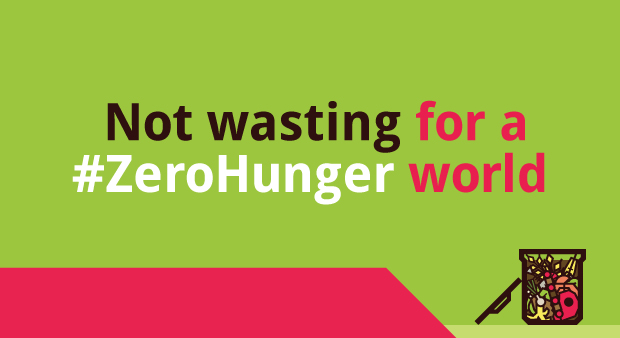9 tips for reducing food waste
 Food waste has become a dangerous habit: buying more than we need at supermarkets, letting fruits and vegetables spoil at home or ordering more than we can eat at restaurants.
Food waste has become a dangerous habit: buying more than we need at supermarkets, letting fruits and vegetables spoil at home or ordering more than we can eat at restaurants.
Each year, about 1/3 of the food we produce globally is lost or wasted. In developing countries, a large part of this food (40%) is lost at the harvest or processing stage. This is called food loss. In developed countries, this same percentage (40%) is lost at the consumer or retail stage, throwing away food that is not bought at stores or food that is not eaten at home, restaurants and cafeterias. This is called food waste.
There is a lot of room for improvement worldwide in relation to food loss and waste.
We have formed habits that hurt our world and put extra strain on our natural resources. When we waste food, we waste the labour, money and precious resources (like seeds, water, feed, etc.) that go into making the food, not to mention the resources that go into transporting it. In short, wasting food increases greenhouse gas emissions and contributes to climate change.
But habits can change. Here are some easy things you can do to be a #ZeroHunger hero and make not wasting a way of life:
- Start small – Take smaller portions at home or share large dishes at restaurants.
- Leave nothing behind – Keep your leftovers for another meal or use them in a different dish.
- Buy only what you need – Be smart with your shopping. Make a list of what you need and stick to it. Don’t buy more than you can use.
- Don’t be prejudiced - Buy “ugly” or irregularly shaped fruits and vegetables that are just as good but look a little different.
- Check your fridge – Store food between 1 and 5 degrees Celsius for maximum freshness and shelf-life.
- First in, first out – Try using produce that you had bought previously and, when you stack up your fridge and cupboards, move older products to the front and place newer ones in the back.
- Understand dates - “Use by” indicates a date by which the food is safe to be eaten, while “best before” means the food’s quality is best prior to that date, but it is still safe for consumption after it. Another date mark that you can find on food packages is the “Sell by” date, which is helpful for stock rotation by manufacturers and retailers.
- Compost – Some food waste might be unavoidable, so why not set up a compost bin!
- Donate the surplus – Sharing is caring.
Source: FAO
http://www.youtube.com/watch?v=7SqLz4O32vc

